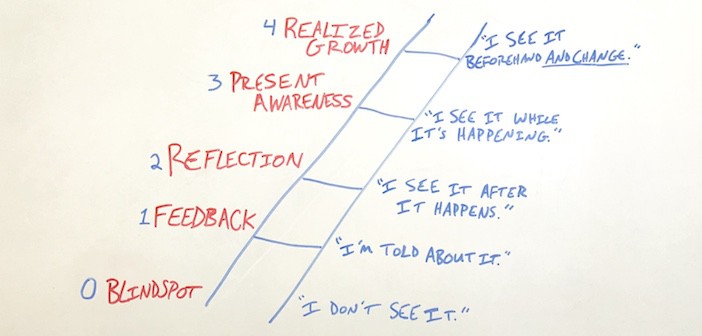Many criticize church ministry programs because of the frequency with which they are changed. But the fact is that every church has a set of programs, though they may be described differently. Programs provide systems for activity and so are necessary for effective ministry. The problem of change frequency may not be inherent to programs, but the process through which we develop them.
Below is a very simple flow chart for program development (this is ideal):
We start by defining the purpose, which should meet a specific need within the organization. Then we develop methods through which those purposes are achieved. Next, the actual program is developed by organizing the developed methods in a way that is simple, user-friendly, and action-oriented. Finally, marketing is developed for the programming, providing branding and phrasing to make the program appealing to an audience.
Too often in church ministry we reverse this process:
We start with marketing because it’s where we feel most creative (and it’s just fun). We ask questions like, “What will it be called?” and “What will it look like?” Then we create a program and methods that fit the package we’ve already bought into. After that, we find ourselves brainstorming for purposes that justify the “really great idea” we have. Unfortunately, this creates a program founded on audience appeal, not organizational needs. And so 3-5 years later, when we realize that what we’re doing isn’t needed and what is needed isn’t being done, what do we do? We create another program…and we start with marketing.





